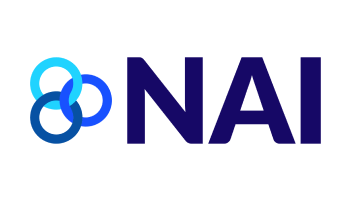Clarifying Transparency Requirements in Guidance for NAI Members
In January, the NAI published its Guidance for NAI Members: Health Audience Segments (Guidance). Since then, the NAI has received positive feedback from members and from outside sources. We are pleased that this document has provided some much needed clarity regarding the NAI’s restrictions on tailoring advertisements related to health conditions.
One area where some potential ambiguity remains is how the Guidance interplays with the transparency requirement for member use of standard and custom health audience segments. The NAI Code requires members to publicly disclose all standard, or off-the-shelf, health-related audience segments and, if members create custom audiences, a representative sample of custom audience segments used for Tailored Advertising.
The Guidance indicates that when members rely on modeled, offline demographic data to create health-related audience segments, they should disclose the demographic makeup of the audience to meet the NAI Code’s existing transparency requirements for health segments. By disclosing the demographic basis for a health-related audience segment — such as age and gender — NAI members can avoid creating the impression that the users within that audience were included in the segment because they actually have, or are believed to have, any given health condition.
In practice, however, disclosing only the demographic makeup of the audience does little to provide transparency to users because it does not provide any insight into why a member company may be tailoring advertisements based on those demographic factors. The NAI’s intention in providing this additional guidance is to ensure that member companies disclose both the demographic makeup of a segment and the reason why those demographics are being used, i.e., whattreatment, medication, or condition is believed to be relevant to that audience. Thus, the NAI intends for the Guidance to require members engaged in creating modeled audiences using demographic information to disclose both (1) that a segment is actually composed of demographic factors only; and (2) that an ad for a given treatment, medication, or condition is believed to be more relevant to that audience. Such transparency provides users with insight into what health-related audience segments the member company creates as well as the fact that these audiences are only based on demographic factors and not on any knowledge or inference that the user may have any given condition. Armed with such insight, users are then best able to make an informed choice with respect to whether they wish to receive advertisements enabled by that NAI member.
Illustrative segment disclosure for modeled health-related audience segments:
Heart Disease (based only on age, gender, and education level)
Commentary: In this example, an NAI member has modeled an audience that may find advertisements for products or services related to heart disease to be relevant (e.g., certain prescription drugs). To provide the transparency to consumers required by the Guidance, the NAI member must disclose the condition of interest (heart disease) and the demographic basis for the audience believed to be interested in the condition (age, gender, and education level).








